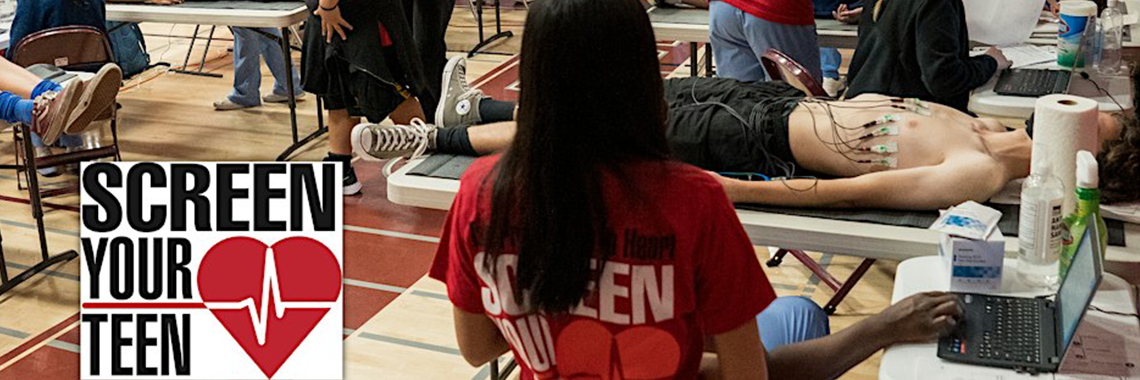
Submitted by The Eric Paredes Save A Life Foundation
The Eric Paredes Save A Life Foundation offered free cardiac screenings for youth
The Foundation will also offer six free additional screening events in 2024, the next one being April 21 at Montgomery High School.
Screenings include a medical and physical review with a nurse, an electrocardiogram (ECG) that measures the heartbeat, a consultation with a physician, and if indicated, a limited echocardiogram that looks at the structure of the heart. Screenings also include hands-on demonstrations of what to do in a sudden cardiac arrest emergency.
Over the course of 15 years, 624 youth have been identified with cardiac abnormalities, with 267 serious enough to put them at risk for sudden cardiac arrest. Youth at risk are referred to their primary care provider or given access to a medical pathway to coordinate follow-up care. As a result, these youth have been able to manage their heart health through surgical remedies, medications, implantable cardiac defibrillators, or lifestyle modifications.
Background on Sudden Cardiac Arrest and Warning Signs
A 2017 clinical review of Sudden Cardiac Arrest (SCA) shows it is a leading cause of death in athletes during exercise and usually results from cardiac conditions that are triggered by the demands of vigorous exercise. One in 300 youth have an undetected heart abnormality that puts them at risk for sudden cardiac arrest. This calls for improved prevention strategies, including preventative heart screening as a standard of care.
According to the Journal of the American Board of Family Medicine, up to 72% of youth stricken by sudden cardiac arrest have warning signs such as racing heart rate or heart palpitations, dizziness or lightheadedness especially with exercise, or repeated unexplained fainting.
Families and youth need to be better equipped to recognize warning signs and be aware of family risk factors that should be reported to their medical provider for follow-up testing. Well-child health history and sports physical forms should be completed by both parents and youth so warning signs and risk factors can be discussed together.
“Youth often experience fainting, dizziness or lightheadedness, chest pain or shortness of breath with exertion, irregular heartbeat or extreme fatigue without reporting it, or they do and it’s not recognized as a warning sign that could require follow-up,” said Maureen Legg, Co-Executive Director of the Eric Paredes Save A Life Foundation.
“Kids don’t want to slow down or lose play time, or it’s a condition they’ve experienced all their life, so they think it’s normal because no one told them otherwise. Our free screenings seek to help youth and families become better heart health advocates going forward.”
Parents and young people can register at epsavealife.org/get-screened, as well as learn more about warning signs, family risk factors, and how to use hands-only CPR and an automated external defibrillator (AED) to save the life of a sudden cardiac arrest victim.
“Parents everywhere are wondering if their child is at risk. I know how important this question is because my son, Brady, had an undetected heart condition that was discovered during a free screening by the Eric Paredes Save A Life Foundation,” said Brady’s mom, Merry.
“Parents like me want to know why checkups and sports physicals don’t include preventative heart screening. Why warning signs and risk factors aren’t really discussed and why we don’t routinely screen our kids.”
